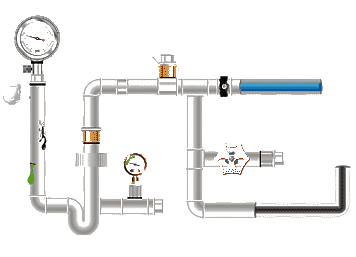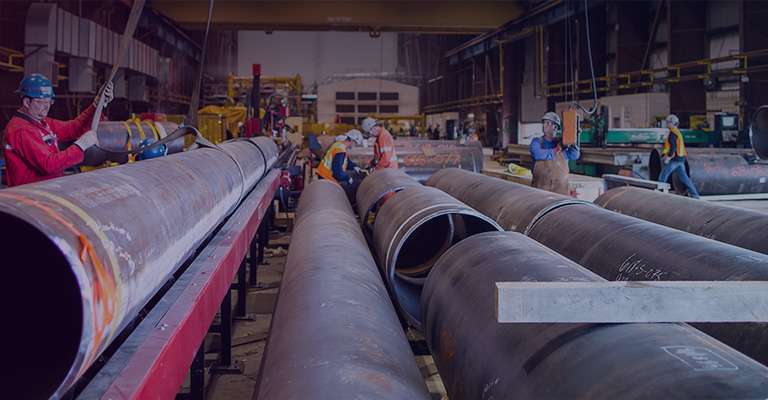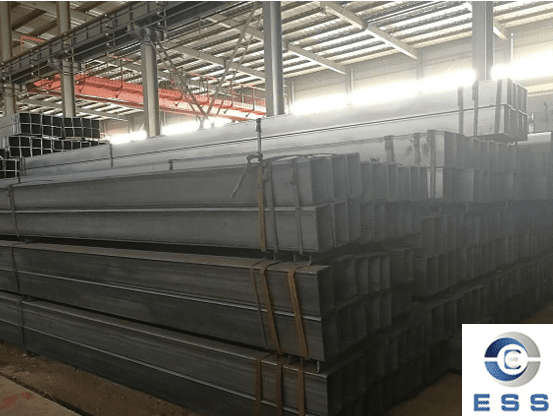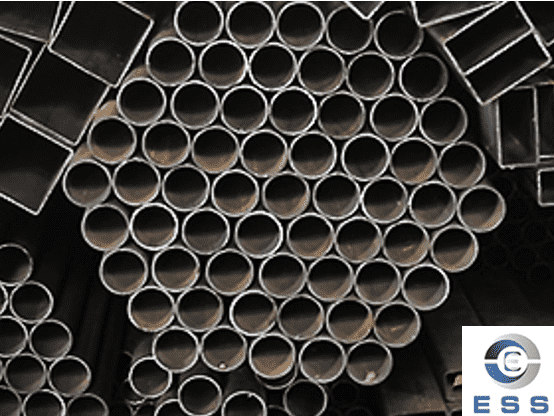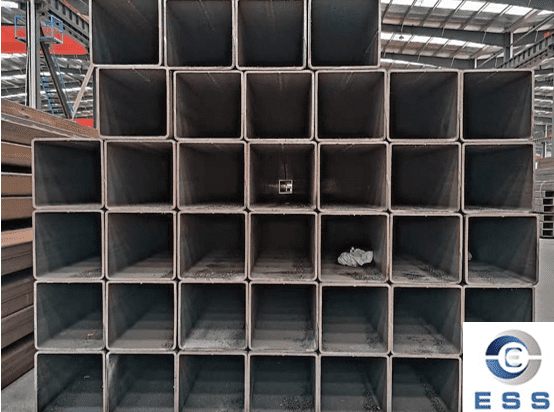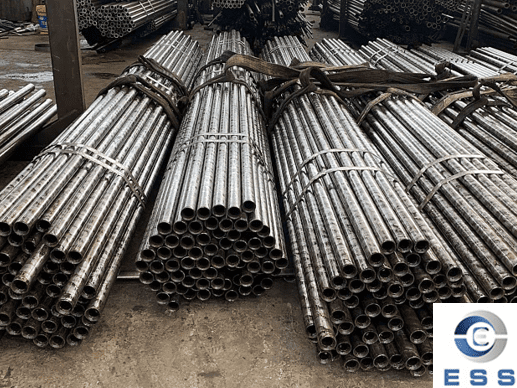
How to Choose The Low Carbon Steel for Mild
Steel Pipe?
Mild steel pipe, a type of carbon
steel pipe, is made by rolling or cold drawing low carbon steel (carbon
content 0.10%-0.25%). Due to its low carbon content and relatively low
hardness, it is also known as "mild steel" pipe. MS pipe has
excellent plasticity, toughness, weldability, and processability, making it
widely used in building structures, automotive manufacturing, machining,
petrochemicals, and other fields.
When selecting mild steel pipe material, it
is necessary to comprehensively evaluate the mechanical properties, corrosion
resistance, and processability requirements of the application, and determine
the appropriate steel grade based on relevant standards.
Overview of Low Carbon Steel
Low carbon steel is a type of steel with a
low carbon content, typically no more than 0.25%. It has the following typical
properties:
1. High machinability
Easy to cold bend, cut, and stamp.
2. Good toughness
Excellent impact resistance at both low and
room temperatures.
3. Good weldability
Suitable for a variety of welding methods,
including arc welding and gas welding.
4. Low cost
Compared to alloy steel, it has lower raw
material and processing costs.
Low carbon steel has a wide range of
applications, including construction, automotive, and steel structures.
Mechanical Properties of Low Carbon
Steel
1. Tensile strength
300-500 MPa, lower than medium- and
high-carbon steels (e.g., 45 steel has a tensile strength of ≥600 MPa).
2. Low hardness
With a Brinell hardness of approximately
120-150 HB, it requires carburizing for use in wear-resistant parts.
Comparison of Low Carbon Steel and Other
Carbon Steels
|
Type
|
Carbon Content Range
|
Disadvantages
|
|
Low Carbon Steel
|
≤0.25%
|
Low strength, poor wear resistance
|
|
Medium Carbon Steel
|
0.25%-0.6%
|
Preheating required for welding
|
|
High Carbon Steel
|
≥0.6%
|
Brittle, difficult to machine
|
Low Carbon Steel Material Classification
1. Ordinary carbon structural steel (such
as Q195, Q215, Q235)
Carbon content not exceeding 0.25%,
moderate strength, good plasticity, commonly used for manufacturing simple
parts.
2. High-Quality carbon structural steel
(such as No. 20 and No. 25 steel)
Slightly higher carbon content, higher
strength and good toughness, suitable for parts bearing moderate loads.
3. Low-Alloy high-strength steel (such as
Q345)
Contains a certain amount of other alloying
elements (such as chromium and molybdenum). Commonly used for manufacturing
high-demand industrial structures such as large machinery and equipment,
automobiles, and bridges.
4. Low-carbon galvanized steel (such as
Q235 with hot-dip galvanizing)
This type of steel has a zinc coating on
its surface, offering high corrosion resistance and is commonly used in the
manufacture of corrosion-resistant parts.
Selection Principles for Mild Steel Pipes
When selecting mild steel pipes, consider
the following aspects:
1. Mechanical performance requirements
Tensile strength: Generally 300-500 MPa;
Elongation: ≥20%
(important for forming).
For example, Q235 steel has a tensile
strength of 375-500 MPa and an elongation of ≥26%,
making it suitable for general structural parts.
2. Application compatibility
For pipes used in building structures: Q215
and Q235 are preferred, as they meet static load-bearing requirements and offer
excellent economical performance.
For automotive panels: For high formability
and surface quality, 08Al steel (elongation ≥30%) is an
option.
For pipelines: For corrosion resistance,
galvanized mild steel pipe (hot-dip galvanizing layer thickness ≥85μm) is an option.
3. Processing compatibility
Cold-rolled mild steel pipe (such as SPCC):
Features a smooth surface and is suitable for stamping.
Hot-rolled mild steel pipe (such as Q195):
Offers excellent toughness and weldability, making it suitable for structural
welding.
4. Standards and certifications
Chinese Standards: GB/T 700 (carbon
structural steel), GB/T 3091 (welded
steel pipe), GB/T 8162 (seamless
steel pipe for structures), GB/T 8163 (seamless steel pipe for fluid
transportation).
International Standards: ASTM A53, ASTM
A106, EN 10219, EN 10255.
For export or special projects, ensure that
MS pipe meets the certification requirements of the customer's location.
Summary
This article introduces low-carbon steel,
the material used for mild steel pipe. Due to its excellent formability,
weldability, and cost-effectiveness, mild steel pipe is widely used in
engineering construction, machinery manufacturing, the automotive industry, and
other fields. When selecting materials, it's important to consider not only
mechanical properties and cost, but also the application environment,
processing technology, and relevant standards to select the most suitable
low-carbon steel grade and surface treatment. Proper material selection not
only increases the service life and safety of low carbon steel pipes, but also
reduces subsequent maintenance costs, resulting in higher overall benefits for
engineering and production.









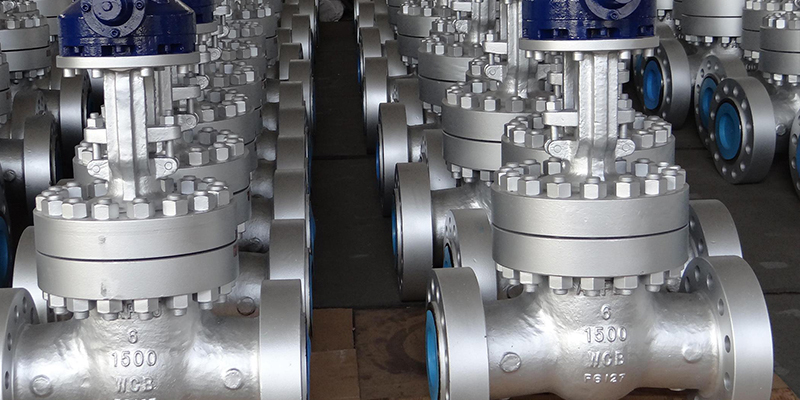
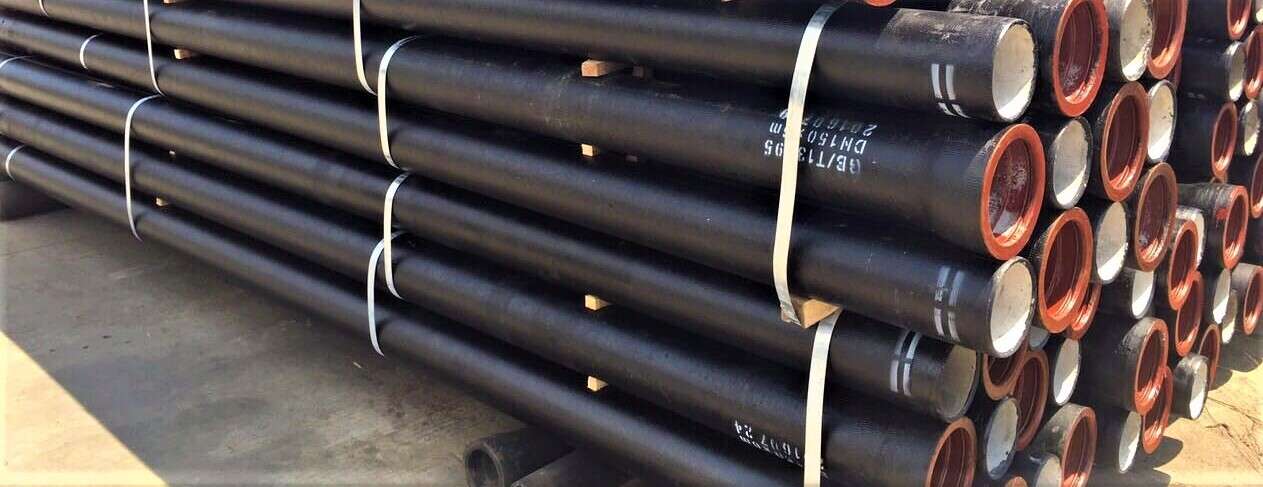


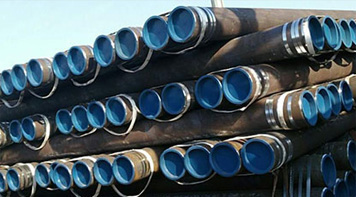 Eastern Steel Manufacturing Co.,Ltd not only improve product production and sales services, but also provide additional value-added services. As long as you need, we can complete your specific needs together.
Eastern Steel Manufacturing Co.,Ltd not only improve product production and sales services, but also provide additional value-added services. As long as you need, we can complete your specific needs together.
